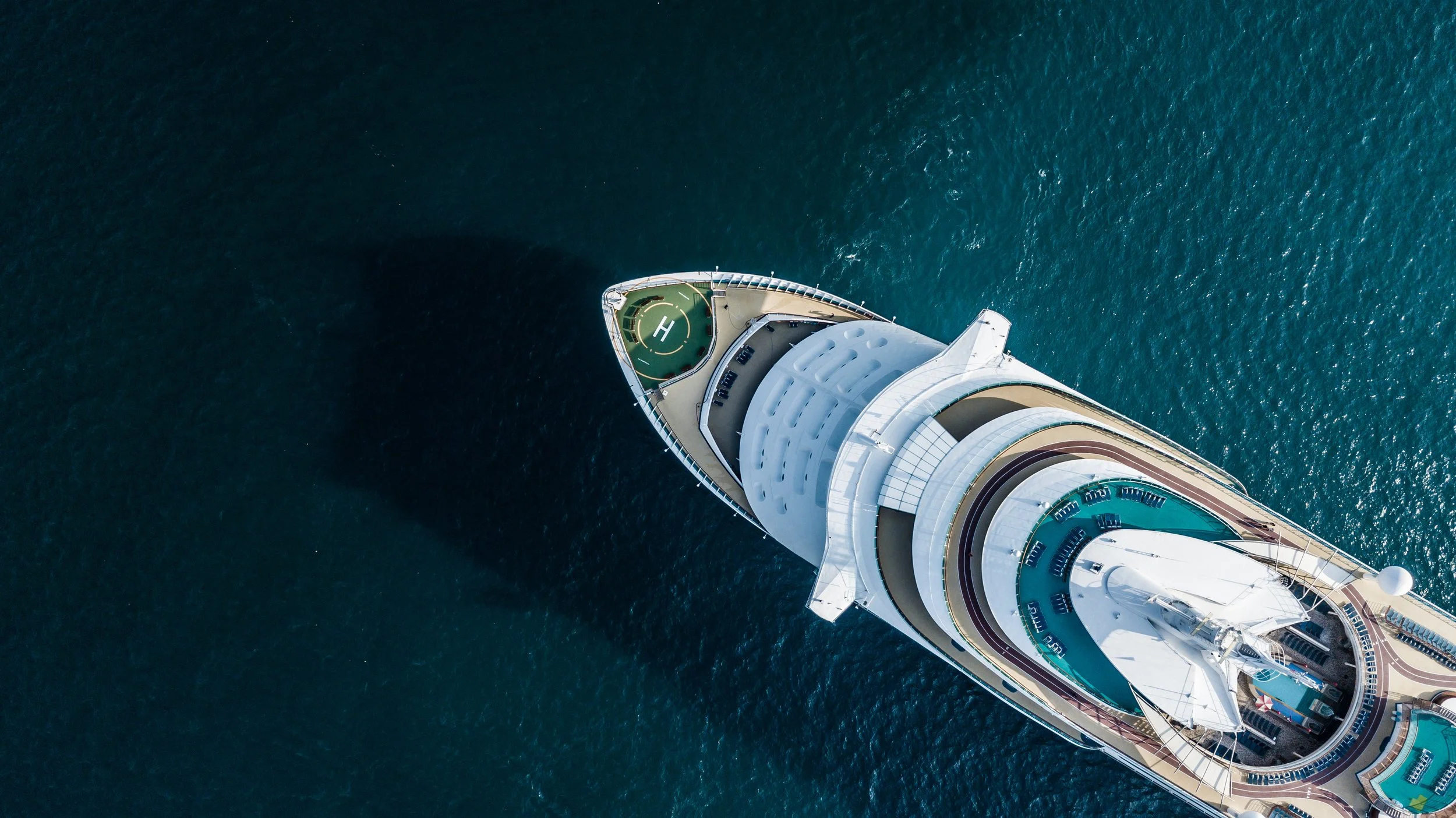Why Cruise Marketing Demands a Different Strategic Playbook
When we talk to travel marketers about the challenges they face, the conversation often reveals a fascinating divide. Tour operators wrestle with destination differentiation. Hotels obsess over occupancy rates. Airlines battle margin compression through ancillary revenue.
But cruise marketers? They're juggling all of this simultaneously - and then some.
This isn't just complexity for complexity's sake. It's the fundamental reality of marketing a product that is simultaneously a destination, a hotel, a restaurant, an entertainment venue, and a transportation method. Getting the strategy right requires acknowledging that the playbooks from other travel sectors simply don't translate directly.
The Ecosystem Challenge
The single biggest strategic challenge cruise marketers face is that they're not selling a component of a holiday - they're selling the entire holiday ecosystem. When a guest boards, your brand controls virtually every touchpoint for the next seven, ten, or fourteen days. There's nowhere to hide if something doesn't deliver.
This creates a marketing challenge that's fundamentally different from other travel sectors. A hotel can excel at the stay experience even if the destination disappoints. A tour operator can craft brilliant itineraries while outsourcing accommodation. But cruise lines own it all - the highs and the lows.
The strategic implication? Your marketing can't just promise an experience; it needs to reflect the reality of delivering that experience consistently across dozens of touchpoints. Overpromise here, and you're not just disappointing customers - you're destroying the loyalty that cruise brands depend upon.
The Loyalty Paradox
Speaking of loyalty, this is where cruise marketing gets interesting. The industry has phenomenal repeat rates - often 40-60% of bookings come from previous guests. This is simultaneously cruise marketing's greatest asset and its biggest strategic trap.
When half your business comes from people who already love you, it's tempting to focus all your energy on keeping them happy. Launch a new ship? Tell your database first. Introducing new itineraries? Loyalty members get first access. It's logical, efficient, and feels safe.
The problem? You're not growing. You're harvesting.
The strategic challenge is balancing the reliable revenue from loyal guests with the investment needed to acquire new customers. These require fundamentally different messaging, different channels, and different metrics for success. Many cruise lines haven't cracked this balance, leaning heavily into their existing base while wondering why penetration rates aren't improving.
The Perception Battle
Every travel sector faces perceptual challenges, but cruise lines are fighting battles on multiple fronts simultaneously. Environmental scrutiny. Health and safety concerns. Demographic assumptions about who cruises. Value perceptions in a cost-of-living squeeze.
The temptation is to address these defensively - or worse, to ignore them entirely and hope they go away. Neither works. We've seen this play out recently with the ASA's greenwashing rulings in the cruise sector, where vague environmental claims created more problems than they solved.
The strategic answer isn't more marketing spin. It's operational substance that marketing can authentically communicate. You can't market your way out of a credibility problem, but you can build credibility through genuine action and then market that effectively.
The Distribution Dilemma
Cruise lines face a distribution complexity that would give airlines nightmares. Direct bookings through your website. Travel agents who are passionate advocates for your brand. OTAs who drive volume but commoditise your product. Loyalty programs that bypass normal distribution entirely.
Each channel has different economics, different customer expectations, and different strategic implications. An OTA customer acquired cheaply might never become loyal. A direct booking costs more to acquire but gives you the relationship. An agent booking represents shared margin but also shared responsibility for customer satisfaction.
There's no universal right answer, but there is a wrong one: trying to optimise for all channels simultaneously without a clear strategic priority. The most effective cruise marketers we've encountered have made explicit choices about channel hierarchy and aligned their investment accordingly.
What Success Actually Looks Like
When cruise marketing strategy is working well, several things become evident. Acquisition and retention strategies are explicitly separated, with different teams, different budgets, and different success metrics. Segmentation isn't just demographic - it's psychographic, behavioral, and value-based. The brand stands for something specific, even if that means some potential customers aren't the target.
Perhaps most tellingly, marketing leaders can articulate what makes their cruise line genuinely different in a way that doesn't just list features. They can explain the experience their brand delivers and why specific customers value that experience enough to choose them over competitors.
The Path Forward
The cruise industry is entering a particularly interesting phase. Capacity is growing. New entrants are challenging established players. Younger demographics are discovering cruising. Technology is transforming everything from booking to onboard experience.
This creates both opportunity and risk. The cruise lines that will thrive are those with clear strategic direction - who they're for, what they stand for, and how they'll deliver that consistently. The ones that struggle will be those trying to be everything to everyone, competing on features that anyone can copy, and hoping that tactical marketing brilliance can compensate for strategic ambiguity.
Having spent time with cruise marketing leaders recently, we're optimistic. The industry is asking the right questions, embracing strategic clarity, and recognising that the complexity of cruise marketing demands genuinely strategic thinking - not just tactical execution at scale.
At Llama, we work with marketing leaders who are navigating exactly these challenges. Whether you're new to the role or looking to reset your strategy, we understand the unique pressures of travel marketing leadership. Our strategic reset sessions are designed to help you identify those quick wins while building a sustainable roadmap for long-term success.


